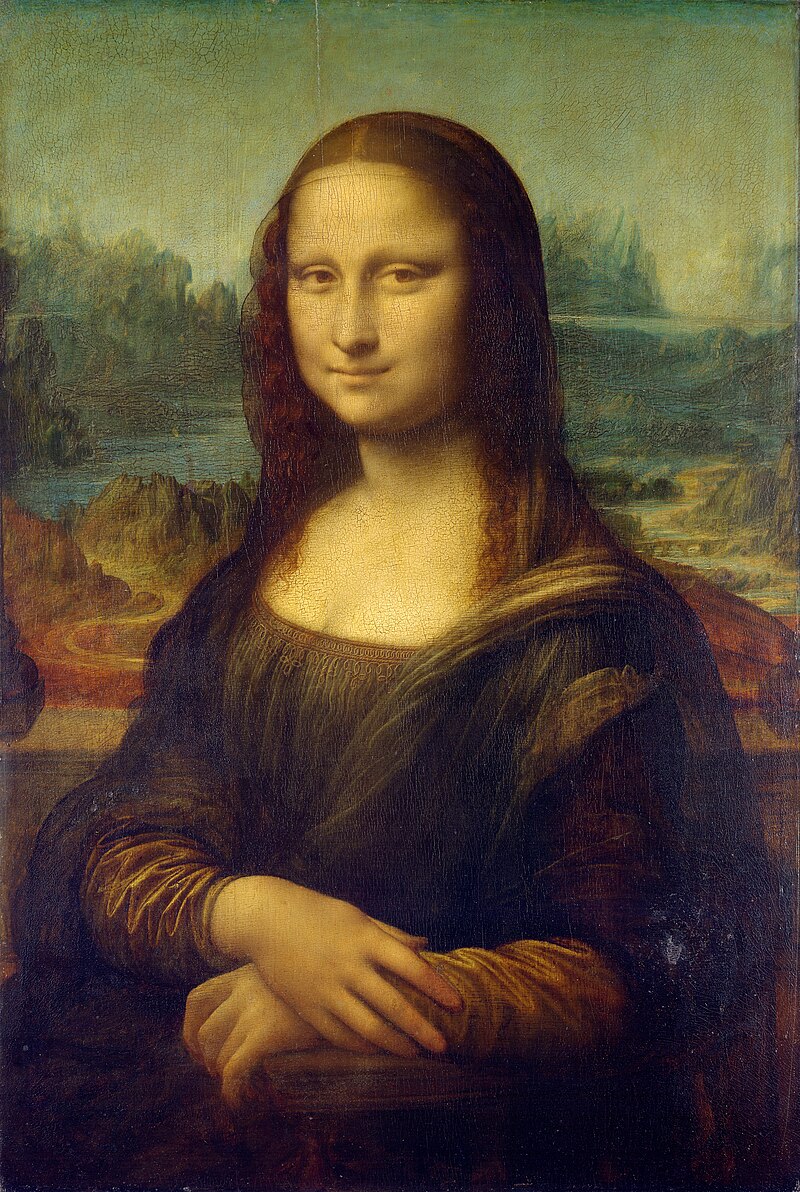Leonardo da Vinci (1452-1519)
Leonardo di ser Piero da Vinci was an Italian polymath of the High Renaissance who was active as a painter, draughtsman, engineer, scientist, theorist, sculptor, and architect. His genius epitomized the Renaissance humanist ideal, with his inquiries into art, science, and invention reflecting a spirit of persistent curiosity and empirical observation.

Artistic Masterpieces
Da Vinci's contributions to art are monumental. His most famous works, such as the Mona Lisa and The Last Supper, are considered masterpieces and are renowned for their innovative techniques, emotional depth, and enigmatic beauty. He pioneered the sfumato technique, a subtle blurring of lines and colors that creates a soft, hazy effect, lending his figures an unparalleled sense of life and volume.



Scientific Inquiry and Invention
Beyond his artistic achievements, Leonardo was a keen observer of the natural world. His notebooks are filled with meticulous anatomical studies, detailed drawings of plants and animals, and imaginative designs for flying machines, military devices, and hydraulic systems. He approached science with the same artistic eye, believing that understanding the structure of things was key to depicting them accurately.
"The eye, which is called the window of the soul, is the principal means by which the central sense can sufficiently and abundantly appreciate the infinite works of nature; and the ear is the second, reporting the speech of others."
Legacy
Leonardo da Vinci's legacy extends far beyond his own lifetime. His art continues to captivate and inspire, while his scientific observations and inventions laid groundwork for future discoveries. He remains the ultimate symbol of the Renaissance spirit, a testament to the boundless potential of human intellect and creativity.